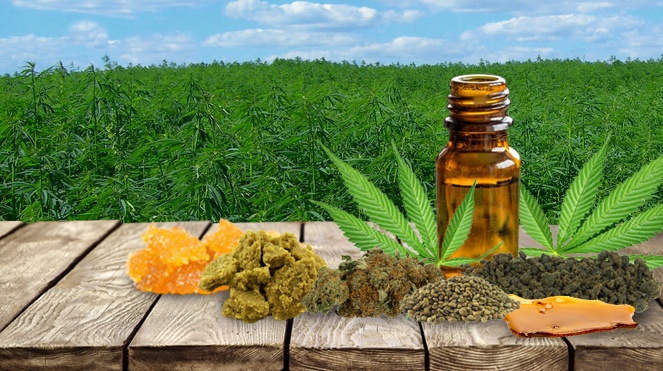
All of the benefits of cannabis without having to inhale it, is made possible through extraction. Cannabis extraction isolates the useful compounds from the plant, mainly cannabinoids and terpenes, for therapeutic use. There are numerous extraction techniques, most of which apply the basic principles, but result in final products with textural differences.
Butane
Butane is one of the most common types of hydrocarbon solvent that is used for extraction. However, it is extremely dangerous because it’s a highly flammable gas!
Butane is pressurized, turning the gas into liquid, then washed over the cannabis to collect the compounds. Heat/Vacuum is then applied to the liquid mixture to evaporate and get rid of the leftover butane.
Although butane is commonly known for being used in lighters, there are no risks associated with consuming cannabis that has been extracted using it, as it is completely removed through evaporation.
Since butane is non-polar, it doesn’t extract undesirables like chlorophyll and plant alkaloids, making it one of cleanest and strongest extraction methods.
Ethanol
Ethanol is commonly known as drinking alcohol, but is also used as a food preservative. Since ethanol is safe for human consumption, it’s a safer method of extraction than some others, but doesn’t produce the purist of results.
Ethanol is a polar solvent, which means when washed with cannabis, the water in the ethanol attaches and extracts undesirables like chlorophyll. This can result in a dark color product with a grassy flavor.
One way to avoid picking up undesirables is to freeze the wash, which will immobilize anything water-based. A short soak is all that is needed to isolate the cannabinoids and terpenes. The longer the soak, the more the plant dissolves. Once the wash is removed, it is then filtered and evaporated to remove the ethanol.
Propane
Propane extraction is similar to the butane extraction process. As the propane is pressurized it turns to liquid form and is passed through the cannabis. Commonly used to heat homes or fuel grills, propane is a highly flammable gas and leftover residue must be removed through heat/vacuum purging before use. Propane has a lower boiling point than butane, allowing the leftover solvent to be easily removed.
The main difference is between butane and propane is that propane runs at higher pressures. This makes it easier to strip larger plant molecules and often delivers less residue and higher levels of terpene.
Supercritical CO₂
Carbon dioxide is pressurized at high levels until it become a supercritical fluid. Much like hydrocarbons (i.e. butane and propane) CO₂ strips the cannabis of the essentials, while also killing any mold or bacteria.
CO₂ is non-flammable and contains no chemical solvents making it safer than butane and propane. The final product is free of any harmful residues and toxicity, making it safer to consume without the need for purging.
This method requires precision when it comes to holding the CO₂ at the desired pressure levels, which involves expensive machinery. On the plus side, the machinery can be adjusted to extract more cannabinoids and terpenes and less undesirable material.
Summary
These are just a few extraction methods for isolating the beneficial compounds of cannabis, but they all require trial and error. Experts say the starting material (i.e. solvent and strain) are more important than the outcome, because variables can be tweaked to manipulate the final product. Some methods are extremely dangerous and could cause damage or harm, so it’s best to leave the dirty work up to a professional.






